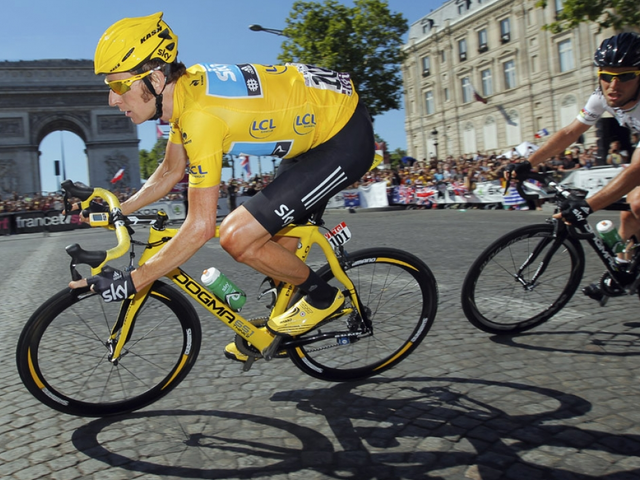Professional Cycling
When talking about Professional Cycling, the sport where athletes compete at the highest level on road, track or off‑road courses. Also known as Pro Cycling, it blends raw physical power with tactical smarts. In this space you’ll see how every hour on the bike, every race day and every night of rest ties together to create a season that feels like a marathon and a sprint at once.
At the heart of any successful season lies disciplined Training, structured workouts that build power, stamina and bike handling skills. Pro cyclists often log 20‑25 hours a week, mixing long endurance rides with high‑intensity intervals. The goal isn’t just to get stronger; it’s to fine‑tune the body for the exact demands of each upcoming race. A well‑planned training block can shave seconds off a climb, which in a tight finish can mean the difference between a podium spot and missing out.
What makes a pro cyclist tick?
The next pillar is Racing, the competitive events where strategies, team tactics and split‑second decisions decide outcomes. Whether it’s a flat sprint stage, a grueling mountain finish or a short criterium, each race type forces riders to adapt. Pro cyclists study course profiles, weather forecasts and rival strengths weeks in advance. During the race they balance personal effort with team orders, often sacrificing a personal win to help a teammate. This blend of individual grit and collective planning defines why Professional Cycling feels like a chess game at 45 km/h.
Behind the scenes, Recovery, the suite of rest, nutrition and therapy practices that replenish the body after hard work keeps the engine running. Massage, compression garments, sleep optimization and targeted nutrition protocols are routine. Skipping recovery translates to slower power gains and higher injury risk. Teams invest in sports scientists to monitor fatigue markers, making sure riders hit the saddle fresh for the next challenge.
These three elements—training, racing and recovery—interlock to shape a rider’s Endurance, the ability to sustain high effort over long periods without losing performance. Endurance isn’t just about cardio; it’s a mix of muscular resilience, efficient fuel use and mental toughness. When a cyclist can stay calm on a steep ascent after a week of back‑to‑back races, that endurance is paying off. It also influences how teams decide on rider roles, from lead climbers to support domestiques.
The calendar itself adds another layer. A typical pro season stretches over ten months, peppered with a mix of one‑day classics, week‑long stage races and three‑week Grand Tours. Each block demands a different focus: early season races test fresh legs, mid‑season weeks sharpen form, and the final Grand Tour pushes every limit. Planning software, performance data and trainer insights help map out peaks and troughs, ensuring riders hit their best condition when it matters most.
All these pieces—structured training, smart racing tactics, diligent recovery, deep endurance and a well‑timed season—create the tapestry of Professional Cycling. Below you’ll find a hand‑picked collection of stories and insights that dive deeper into each area, from daily rider routines to the science behind optimal rest. Get ready to see how the pros live, train, and race at the top of the sport.

What's it like to train and race as a pro cyclist for a year?
Being a professional cyclist is an incredibly demanding job both physically and mentally. It involves a lot of training, racing and recovery. During a year as a pro cyclist, a person is likely to train for up to 25 hours a week and race for about 70 days. Races can range from short, flat stages to long, mountainous ones. Recovery is an essential part of being a professional cyclist, with rest, massage and diet all playing important roles. Ultimately, being a professional cyclist is a rewarding experience, allowing one to see the world, make friends and push the limits of physical and mental endurance.
Read More



